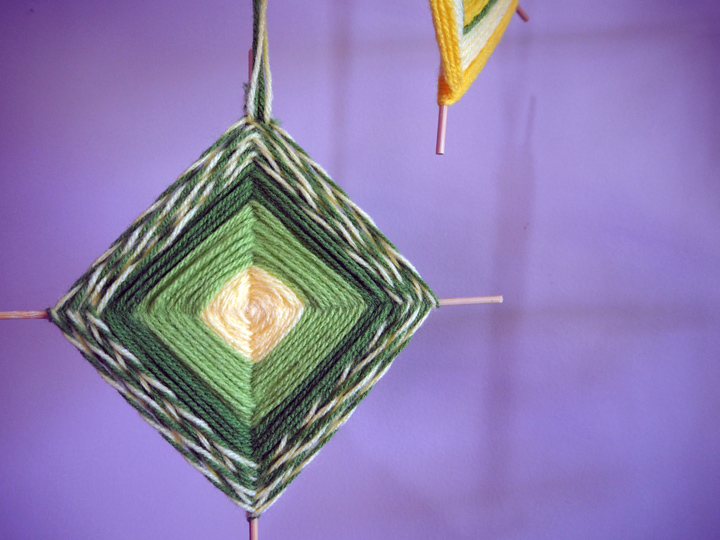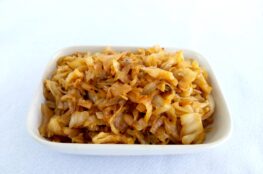The most prominent Latvian Easter tradition is to dye eggs with natural ingredients – onion skins, parsley, frozen or preserved blueberries and blackberries, grass, leaves, rice, you name it, it probably has been attached to an egg at some point.
I have made a quick video to give an intro into egg dyeing Latvian way. Take it as an inspiration and dare to experiment!
You will need:
- eggs – preferably white or duck eggs, but it works for brown eggs too
- cotton cloth – old sheet or T-shirt cut in 15cm squares will do the trick
- onion skins – start collecting them in January or raid the local greengrocer
- bilberry, blueberry or blackberry jam or frozen berries
- parsley, coriander, other leaves and herbs – to add patterns and green colour
- rice, string, other small shapes – to create patterns
- string – to seal the egg parcels
Once you’ve wrapped the eggs, put them in a pot, cover with water and boil for 15 minutes at least. Remove from heat, run under cold water and unwrap. Be careful, inside of the parcels will still be very hot. Use a bit of butter, oil or lard to add shine to the eggs once they have cooled.
A pro tip: if you want to see who made which egg, wrap the egg parcels with different colour threads – one colour per person!
Some ideas how to use your Easter eggs are in this article.





March 29, 2021
[…] Egg dyeing is the most popular of Easter traditions in Latvia. Eggs are covered in onion peels with the addition of grass strands, yarn, blueberry jam, frozen blackberries, flowers, tree buds or leaves for an additional pattern. Each egg is then wrapped in a cloth or newspaper, secured with a yarn, placed in a large pot and boiled for 15 minutes. Boiled and cooled eggs are rubbed with a bit of butter to create a subtle shine that highlights the pattern created by onion peels; no two eggs are the same. Cooked eggs are used for egg fights and egg rolling games. You can follow this video on how to dye the eggs. […]
April 18, 2023
[…] How to make Latvian easter eggs […]